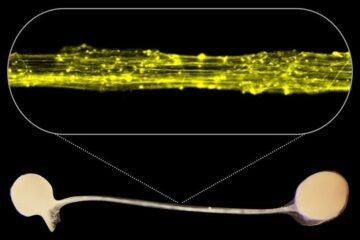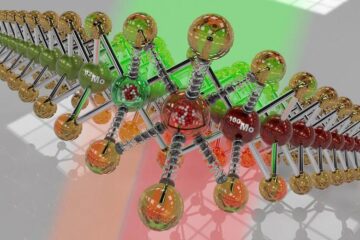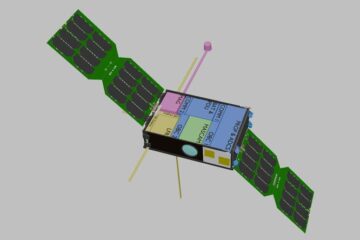Latest News

Looking for love in all the right places: Fruit odors lure some flies to evolve into new species, Cornell researchers discover
For apple maggots, the dating scene is simple — flies only mate on a specific host fruit. Using new technology developed at the New York State Agricultural Experiment Station, Cornell University researchers have demonstrated that this fact of fly life has resulted in the emergence of two distinct races of the pest in just 150 years.
In research published in the Online Early Edition of the Proceedings of the National Academy of Sciences Web site Sept. 22, the scientists show that one mechan
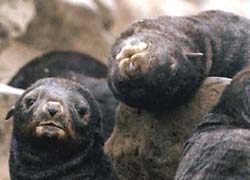
Collapse of seals, sea lions & sea otters in North Pacific triggered by overfishing of great whales
New research shows how extraction of whales has resulted in broad and devastating ecosystem impacts
A new paper published in the Proceedings of the National Academy of Sciences hypothesizes that overfishing of whales in the North Pacific Ocean triggered one of the longest and most complex ecological chain reactions ever described, beginning in the open oceans 50 years ago, and leading to the decimation of Alaska’s kelp forest ecosystems today.
The paper, Sequential mega

Stem cells isolated from monkey eggs continue producing variety of other cells
Wake Forest University Baptist Medical Center investigators report
A line of monkey stem cells, produced without the use of an embryo, has reproduced for more than two years and still retains the capability of differentiating into a variety of tissue types, a research team reports in the current on-line edition of the Proceedings of the National Academy of Sciences.
Kent Vrana, Ph.D., professor of physiology and pharmacology at Wake Forest University Baptist Medical Center a

New study suggests menopause not linked to memory decline
Transitioning through menopause is not accompanied by a decline in working memory and perceptual speed, according to a study appearing in the Sept. 23 issue of Neurology Journal. In the study, led by researchers at the Department of Preventive Medicine, Rush-Presbyterian-St. Luke’s Medical Center in Chicago, 803 randomly selected Chicago-area African American and white women aged 40 to 55 were tested annually for loss of brain function over the course of six years. The study, begun in 1996, is t
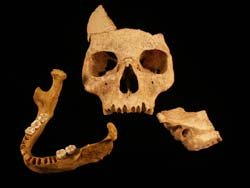
Earliest European modern humans found
A research team co-directed by Erik Trinkaus, professor of anthropology at Washington University in St. Louis, has dated a human jawbone from a Romanian bear hibernation cave to between 34,000 and 36,000 years ago. That makes it the earliest known modern human fossil in Europe.
Other human bones from the same cave — a temporal bone, a facial skeleton and a partial braincase — are still undergoing analysis, but are likely to be the same age. The jawbone was found in February 2002 in Pester

Lightweight, high resistance synthetic fibres to save historic buildings and monuments
Many of Europe’s historic buildings, monuments and civil engineering structures are gradually decaying. Already weakened by age, they are damaged by earth tremors, pollution and traffic vibration. And this is more than just a cultural problem. Continual maintenance is extremely costly and obtrusive, not least because of its negative impact upon tourism and traffic.
Conventional rehabilitation methods using wooden or steel buttresses, tie rods and scaffolding supports dominate the landscape a





